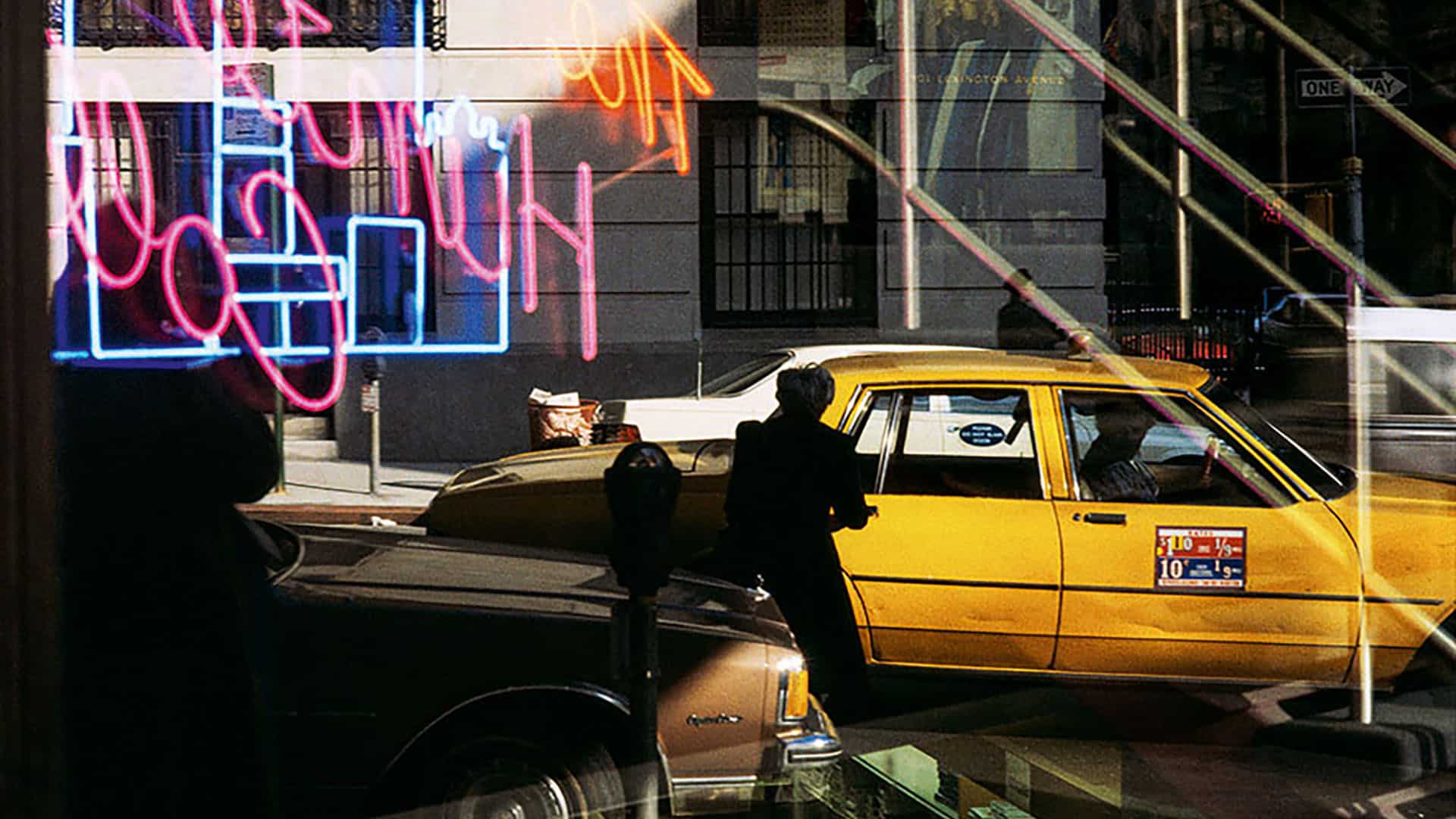With his series Side Walk, published this month in book form by Hatje Cantz and Xavier Barral, the photographer Frank Horvat, who died on October 21, takes us through the arteries of the American metropolis.

You’re getting blind.
Don’t miss the best of visual arts. Subscribe for $9 per month or $108 $90 per year.
Already suscribed ?


